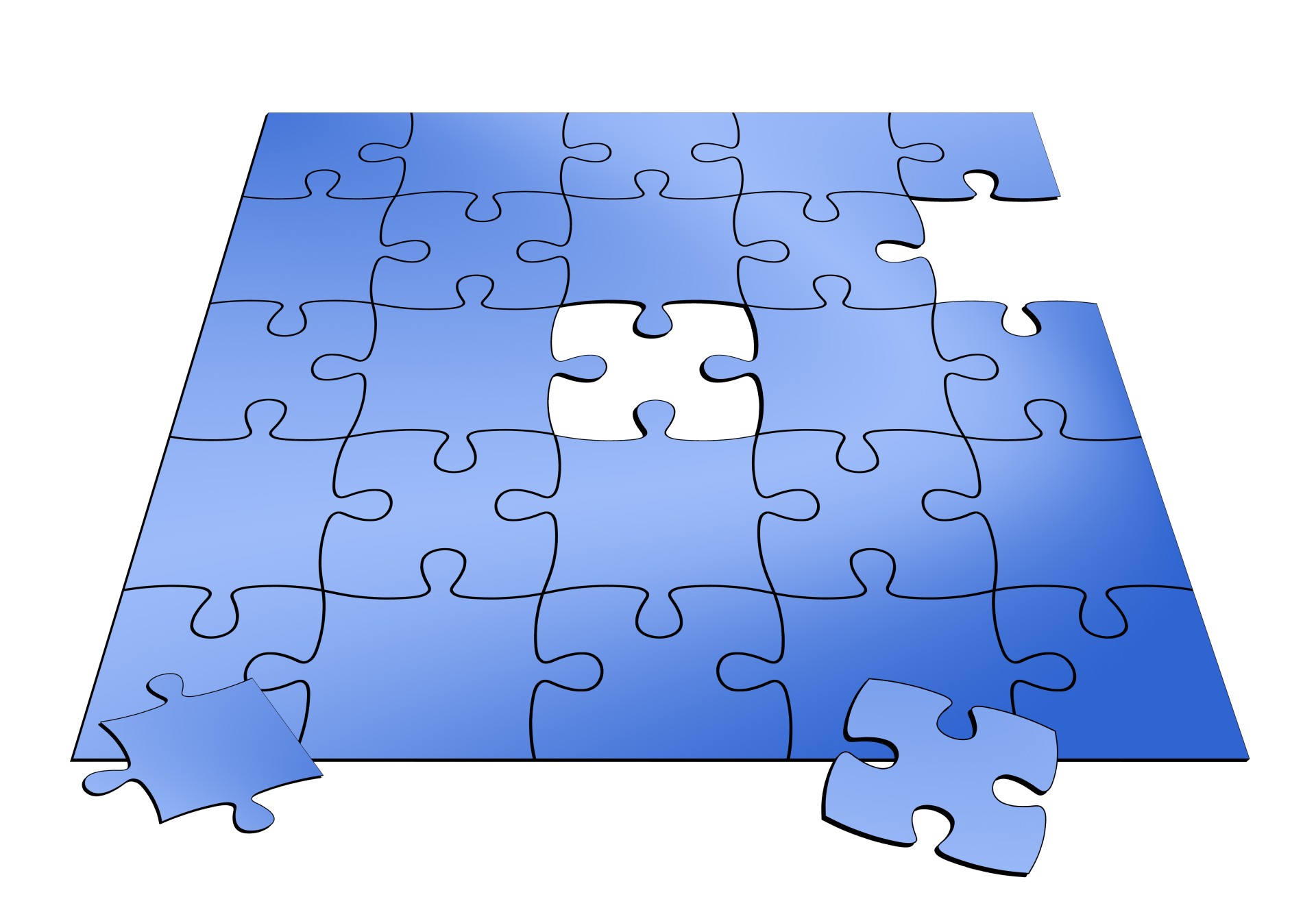This is the last installment of the marketing strategy of graphic design for small businesses series and the general business marketing plan planning guide. The success of graphic design company must not be measured with only the performance of their published or sold designs, rather on the success of their marketing strategy.
Business promotion always helps to build a complete brand personality. And, executing brand promotion tactics help to keep competitors out of the way. Creating a reasonable graphic design strategy also help brands to stand top in the league and stay ahead in the competition. Graphic designs like logo, brochure, etc. play a vital role in shaping the success of any business. It helps to put across the brand message to the target audience in a colorful way. In this post, you’ll learn what is graphic design strategy is all about and how to create a graphic design strategy for your business.
What is Graphic Design Strategy For?
This post is about business graphic design strategy. Graphic design strategy is a well-thought, researched, and planned marketing plan that extends a brand into various customer categories, mediums, markets, and channels.
A well planned graphic design strategy is an answer to all the challenges of graphic design company. Many business owners fail to consider all the aspects of market, be it a product, process, or business model that might affect the company image. This is mostly why the graphic design strategy is every business owner’s urgent need.
Graphic designs reflect the brand of the company and, in return, affects the brand perception of the business. If the creative vision of the company is poorly reflected in the graphic designs then the company might lose lots of potential customers for no reason. On the other hand, poorly thought out graphic designs could lower the overall brand image and customer satisfaction.
A graphic design strategy of your business is what you use to determine which type of graphic designs you should give priority to and which kind of graphic design to exclude. Graphic design strategy expounds the brand personality of your business and is never far from creative ideas that can affect the way people view your business.
Graphic design strategy must be the part of the marketing plan. At the same time, graphic design strategy is created to be a part of the creative process that effect the whole marketing strategy. Therefore, a complete and effective marketing plan requires graphic design strategy.
Types of Graphic Design Company Marketing Strategy
There are the three different types of graphic design strategy:
Market Specific Graphic Design Strategies
A market-specific graphic design strategy is created for a particular market. The market-specific strategy produces graphic designs that need to closely match the features of the specific market. As a result, your design will be accessed by the right kind of customers.
E.g. National or State specific graphic design strategy. These strategies produce graphic designs that need to be attractive and recognisable to the targeted consumers. Graphic designs like logo, brochure, business cards, etc.
Market General Graphic Design Strategies
A market general graphic design strategy makes research on the market. As a result, your graphic design must be appropriate to the needs of the market.
E.g. The graphic design strategies including Logos, brochures, business cards, etc. These strategies can be used in multiple markets.
E.g. Locally specific graphic design strategy. This strategy makes the design to specifically target a particular market in a particular area. Your graphic design must be an eye catcher.
Note – A local targeted graphic design strategy must be the ideal choice if you have a single-city location. However, if you have a multi-city one, then you’ll need a market-specific or market general graphic design strategy.
Mixed Strategy
A mixed strategy is a combination of two or more strategies. Graphic design strategies can be linked to the market.
This marketing post will guide you to create a graphic design strategy that enables a brand’s presence in various markets while maintaining the brand identity and cutting-edge design.
What is Graphic Design Strategy?
Graphic design strategy is a marketing concept that expounds the brand identity of your business. It is a well thought out and planned marketing plan that extends a brand into various customer categories, mediums, markets, and channels.
The next step after planning your graphic design strategy is creating a branding strategy for your business.
Graphic designs reflect the brand of the company and, in return, affects the brand perception of the business. If the creative vision of the company or the company’s author is poorly perceived and reflected in the graphic designs of the company then the company’s image might lower and attract less customers for no reason. On the other hand, poorly thought out graphic designs could lower the overall brand image.
Basically graphic designs are the primary product of a graphic design company. Graphic designs are perceived by customers as a form of communication. This communication uses images and shapes to tell a company’s story.
Thus, understanding the logic behind graphic design and how it can benefit your business is the first step to preparing a strategy for high-quality graphic designs. Let’s move forward and dive into what you need to consider and do in order to create the ultimate graphic design strategy.
Strategic Planning for Graphic Designing Companies
Graphic design is a service field that requires wise strategic planning to improve and optimize the whole marketing strategy. Graphic design strategy creation requires strategic thinking. Higher the marketing plan complexity, the higher the business’ risk of falling short of expectations.
A graphic design strategy is planned and created for a range of businesses. The marketing strategy endeavors to enable every business to take an advantage of all the possibilities and connections to its customers and to market itself in the most effective way possible.
A graphic design strategy has both an objective and a strategy orientation.
Objective Planning
The objective planning includes the creation of a marketing strategy. This planning includes the layers of business issues including their affect on the graphic design strategy. The main objective of this planning is the creation of graphic designs that are capable of attracting clients.
Strategic Orientation
Graphic design strategy also includes a strategic orientation. This strategic orientation includes the following dimensions of marketing planning:
Planning for the Mediums
Businesses’ target customers will vary in different marketing campaigns and in which market they based their business. The plans should prepare the graphic designs to be used in different types of markets.
Planning for Channel
Current features of graphic design market include multiple channels, social media, and the influx of digital marketing methods. The strategies should consider how to proceed with graphic designs within all these channels. In understanding the nuances of your marketing strategy, it’s essential to distinguish between graphic design vs. digital design, as the latter often involves interactive elements and user interface considerations, expanding the reach of your brand beyond static visuals.
Planning for Customer Base
The graphic design strategies for businesses can target different brands. The customer base depends on the company’s branding. Therefore, the strategies have to target the specific customer base according to the business’ branding.
How to Create a Graphic Design Strategy
Businesses will hire graphic designers to create graphic designs. Graphic designs will perfectly communicate a company’s personality, brand and vision to customers. Graphic design is a service that affect your business and even affects the customers’ perception.
At the same time every business owner also expects a unique and powerful graphic design. A unique graphic design that reflects the company’s personality, brand and vision. Impressive graphic design is aesthetically pleasing to the customers and inspires trust and confidence in the business sector.
Businesses seeking an effective graphic design can find their graphic agency among the local agents of graphic designers. However, hiring a graphic designer is a tricky business. Graphic designers are all specialist in their field, however, some of them are more competent than others in a particular style. What will happen then? The quality of the graphic design created by the professional will depend on the skill of the graphic designer and the creativity of the graphic designer himself.
Therefore, graphic designers are recognized as creative artist who are capable of creating impressive graphic designs. Like artists, graphic designers too have different artistic styles and predilections. There are graphic designers who are known to create professional high-quality graphics design. A highly skilled and capable graphic designer is associated with a particular style and characteristic.
Graphic Design is an art and high-quality graphic design is a characteristic of a graphic design. A particular graphic designer is known for his or her unique style and characteristic. If you want to hire a highly skilled and proficient graphic designer to work for you, you must first determine the graphic designer’s style.
In most cases the graphic designer will have his or her own unique style and characteristic. Ask the graphic designer for the particular style and characteristic he or she utilizes to create his or her graphic design. As a result, everything will be taken care of.
High-quality graphic design plays a key role in brand development. It impacts the brand image positively since it demonstrates the strengths of the business.
The evaluation of a graphic design’s quality greatly relies on the working methodology of the graphic designer. Some designers work according to rules and where others rely on their imagination. In many cases, professionals use a set of predetermined rules and principles on how to create a graphic design, while the great ones have a strong creative imagination.
Graphic design is based on an entirely different set of principles.
Graphic Designers are the ones who can help you to organise your ideas and ideas and in the end we will have a graphic design.
As a differentiator of your product, graphic designs are a significant and highly important factor. But a graphic design also arouses your mind and body.
Dual symmetry is a design principle that can effectively communicate ideas regarding balance and harmony. This principle about creating lively and playful graphic design, allows people to grasp the information instantly.
Balance with Symmetry
Graphic designs with symmetry, balance and beauty aim at achieving an effect of balance and harmony. The idea of dual symmetry is to achieve both balance and symmetry. The theme of symmetry can be found in the multiples and shapes that are curved and curved, or even in the use of color coordination or tone.
Balance with Asymmetry
Graphic designs with asymmetry aim to achieve extreme variations, either in an intentional way or an unintentional one. Elements of asymmetry are drawn or let themselves be drawn and they do not follow a predetermined symmetrical pattern.
Balance with difference
In the field of graphic design, the concept of balance is already emerging in the works of graphic designer. Asymmetry, creative use of contrast, contrast contrast, and a clever balance or balance are the most common elements of the graphic designer.
The graphic designs that are well designed can be classified as stable and permanent. Stable and permanent graphic designs represent the element of asymmetry; a graphic design that is supposed to be permanent.
Symmetry vs. Asymmetry
Logos and the other elements of the graphical communication are supposed to be readable and easy to grasp. The distinguishing feature of the symmetrical forms is a degree of predictability of their application.
Asymmetry, on the other hand, has the ability to generate an impact of lightness and freshness. The symmetrical form creates balance, while asymmetry creates the out-of-balance. Because the symmetrical design is clearer, it is easier to grasp.
Symmetry also helps to achieve harmony in visual communication. The previous positioning of the elements in the symmetrical form, as in a symmetrical grid, creates a visually harmonious structure.
Graphic designers must be aware of the differences between the two principles of visual balance. The symmetrical shapes are easier to understand and to grasp. In the symmetrical forms, the elements are located in a symmetrical grid, which can create the illusion of clarity.
















